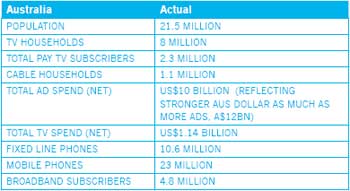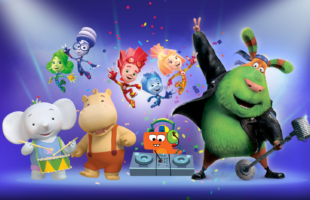
It was just over a year ago that Australia got its first new freeto- air channel in nearly 40 years but this small step has opened the floodgates to a new media battleground for television advertisers and viewers alike. 


by TVA Editor

It was just over a year ago that Australia got its first new freeto- air channel in nearly 40 years but this small step has opened the floodgates to a new media battleground for television advertisers and viewers alike. 


 OUTtv expands reach in New Zealand joining Prime Video as an add-on subscription and original commission
OUTtv expands reach in New Zealand joining Prime Video as an add-on subscription and original commission ZEE5 Global announces the digital premiere of Telugu blockbuster Maa Nanna Superhero
ZEE5 Global announces the digital premiere of Telugu blockbuster Maa Nanna Superhero Citadel: Honey Bunny Was Prime Video’s Most Watched Series Globally This Weekend
Citadel: Honey Bunny Was Prime Video’s Most Watched Series Globally This Weekend BBC World Service announces new six-part audio drama Purple Heart Warriors
BBC World Service announces new six-part audio drama Purple Heart Warriors Animotion Media Group Signs Exclusive Deal with ADA
Animotion Media Group Signs Exclusive Deal with ADA
Sarah Mottershead as VP for Middle East, Africa, Israel, Greece & Cyprus
Signup here to get the latest news and updates.
Disclaimer: Translations on this website are automated using Google Translate. While we strive for accuracy, please be cautious, as machine translations may contain errors. For critical or sensitive content, consider seeking professional human translation. We are not liable for any reliance on the translated content.
